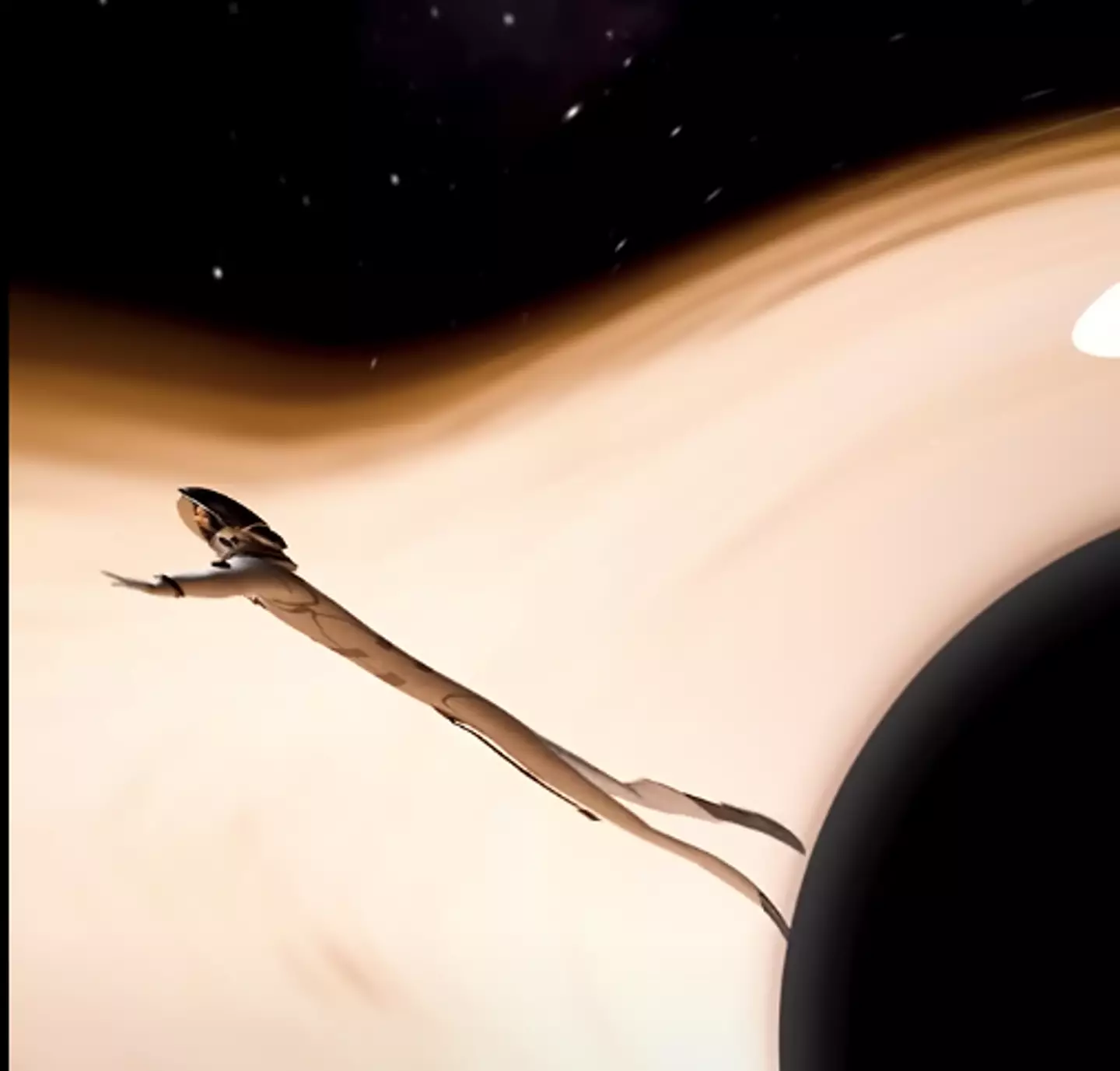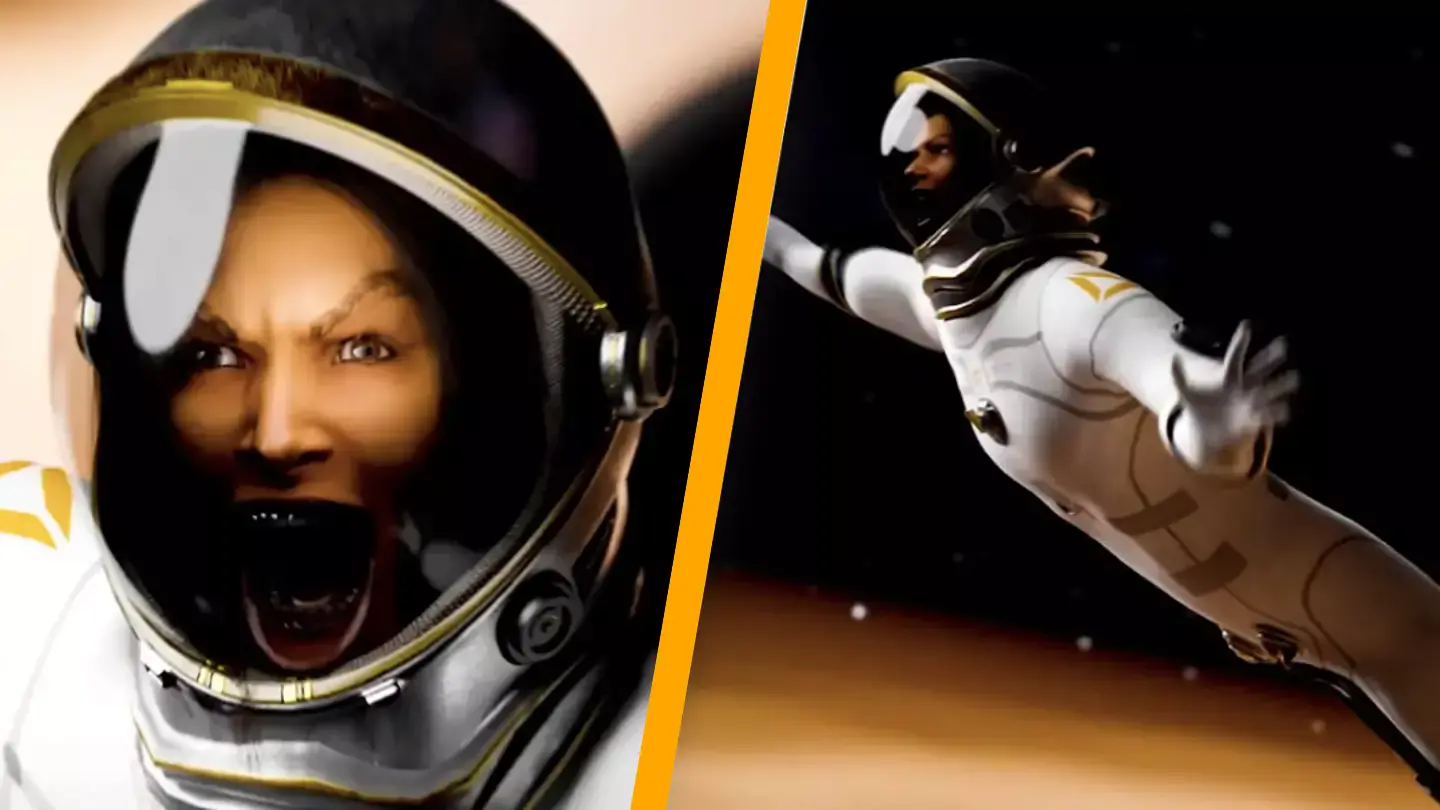Though experiencing a fall into a black hole is something we hope to avoid, those fascinated by dark and mysterious phenomena might find this simulation intriguing.
To begin with, what exactly is a black hole? Despite its misleading name, a black hole is not truly a hole. The term ‘hole’ signifies that anything unfortunate enough to venture in becomes eternally trapped.
Rather than being voids, they are “huge concentrations of matter packed into very tiny spaces,” as NASA explains. A characteristic feature is the event horizon, a gravitational boundary surrounding the black hole.
This is an area where “the pulling force of gravity is so strong that light is not able to escape.” NASA further explains that “the event horizon isn’t a surface like Earth’s or even the Sun’s. It’s a boundary that contains all the matter that makes up the black hole.”
https://www.youtube.com/watch?v=YX0H0ODnEQE
While much about black holes remains to be discovered, researchers have uncovered some of their more frightening characteristics.
Recently, a YouTube content creator developed a simulation imagining the (hopefully) unlikely scenario of someone descending into a black hole.
Zack D. Films is behind this simulation. Known for exploring bizarre situations in his videos, he caters to viewers with a fascination for the morbid. His topics include scenarios like “Being Put Inside A Food Dehydrator” and “How To Survive Falling Off A Skyscraper”.

It’s easy to imagine that falling into a black hole would be a horrifying experience. “If you fell into a black hole, the gravitational pull would stretch you out in a process called spaghettification,” Zack D. Films narrates at the start of his video, which has surpassed 12 million views.
“As you get closer, the gravity at your feet would be much stronger than at your head, pulling you longer and thinner.
“Eventually, you’d pass the event horizon. At this point, time would appear to slow down for an outside observer, but for you, time might seem to speed up.
“Finally, you’d be crushed by the immense gravity, merging with the singularity at the black hole center, lost forever in its depths.”
In the past, a NASA expert provided insight into what falling into a black hole could involve.
Astrophysicist Jeremy Schnittman from NASA’s Goddard Space Flight Center produced another video tackling this daunting situation, illustrating what it might look like as one approaches the black hole’s event horizon.
This threshold marks the point of no return, where the black hole’s gravitational pull is inescapable.
Schnittman discussed his work on the video, sharing his motivations for creating it.
He stated, “People often ask about this, and simulating these difficult-to-imagine processes helps me connect the mathematics of relativity to actual consequences in the real universe.”
He elaborated: “I simulated two different scenarios, one where a camera — acting as a stand-in for a daring astronaut — narrowly misses the event horizon and slingshots back out, and another where it crosses the boundary, sealing its fate.”

